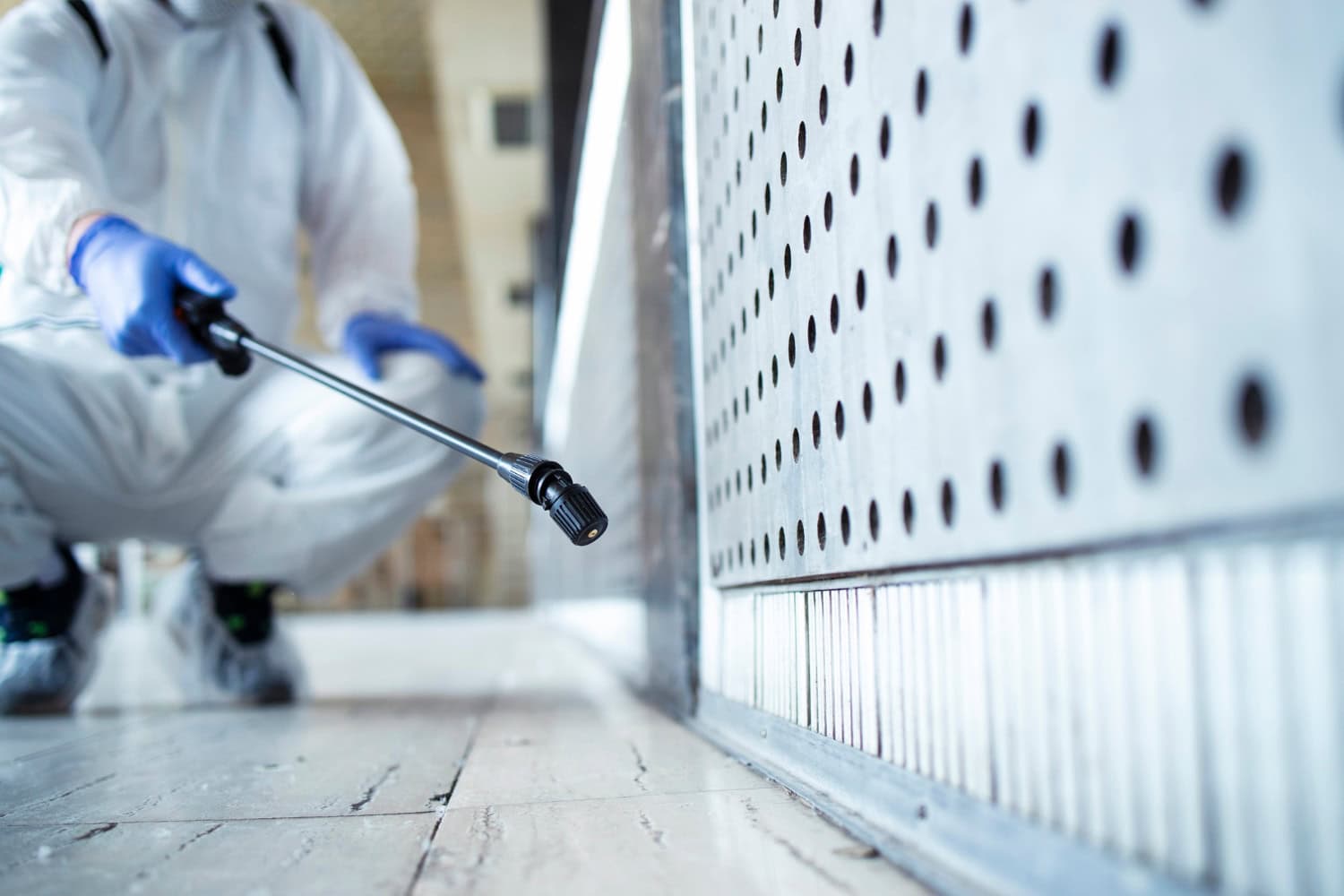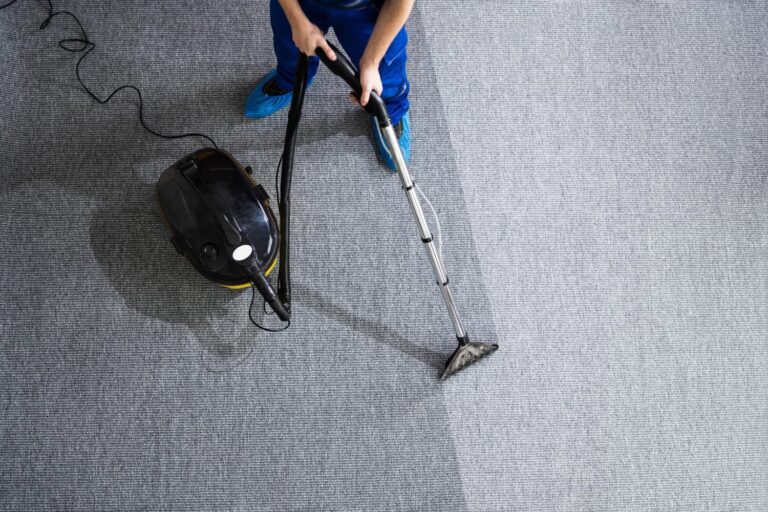Introduction: The Spring Surge of Pests
As the snow melts and temperatures rise in the Twin Cities, pests emerge from their winter dormancy in search of food, water, and shelter. For commercial spaces, this seasonal shift can mean unwelcome visitors like ants, rodents, spiders, and other pests invading your property. Beyond being a nuisance, these pests can cause structural damage, health risks, and even tarnish your business’s reputation.
The good news? Preventing springtime pest infestations doesn’t require drastic measures—it starts with proper cleaning practices and proactive maintenance. Let’s explore how businesses can keep pests at bay this spring through effective cleaning strategies.
Why Spring Brings Pest Problems
Spring creates the perfect environment for pests to thrive. Here’s why:
- Warming Temperatures: Many pests become active after months of dormancy, kicking off their search for food and shelter.
- Increased Moisture: Melting snow and spring rains create damp conditions that attract moisture-loving pests like centipedes, silverfish, and ants.
- Mating Season: For many insects, spring marks the beginning of peak reproduction cycles, leading to rapid population growth.
These factors make spring a critical time for businesses to take preventive action before infestations escalate.
Common Springtime Pests in Commercial Spaces
Understanding the types of pests that typically invade during spring can help you tailor your prevention efforts:
- Ants: Often attracted to crumbs and spills in breakrooms or kitchens.
- Rodents: Seek shelter indoors and can gnaw through wiring or insulation.
- Spiders: Thrive in cluttered corners and damp areas like basements.
- Silverfish and Earwigs: Moisture-loving pests drawn to damp environments caused by spring rains.
Identifying these common culprits is the first step in keeping them out of your space.
Cleaning Strategies to Prevent Pest Infestations
1. Declutter and Deep Clean Your Space
Pests love clutter because it provides hiding spots and nesting areas. Start your spring cleaning by decluttering storage rooms, basements, and other less-used areas.
- Vacuum carpets thoroughly to remove crumbs and debris that attract ants or rodents.
- Wipe down surfaces with hot, soapy water to eliminate food residue.
- Pay special attention to corners, baseboards, and bins where pests tend to hide.
Pro Tip: A clean workspace not only deters pests but also promotes a more productive environment!
2. Address Moisture Issues Early
Damp environments attract pests like silverfish and centipedes. Prevent moisture buildup by maintaining proper drainage systems and fixing leaks promptly.
- Ensure gutters are clear of debris so water flows away from the building’s foundation.
- Repair leaky faucets or sprinkler systems that create standing water near your property.
- Use dehumidifiers in damp areas like basements to reduce humidity levels.
Pro Tip: Inspect window wells for leaf litter or debris that traps moisture—clean these regularly to keep pests at bay.
3. Seal Entry Points Around Your Building
Pests often enter commercial spaces through foundation cracks, gaps around doors or windows, or utility openings. Conduct a thorough inspection of your building’s exterior to identify potential entry points.
- Seal cracks with caulk or weatherproof materials to block access for ants or rodents.
- Install door sweeps on exterior doors to close gaps where pests might sneak in.
- Use mesh screens on vents or utility openings to prevent pest entry while maintaining airflow.
Pro Tip: Trim vegetation near the building’s foundation—branches or shrubs too close provide easy access for climbing pests.
4. Maintain Proper Waste Management Practices
Trash bins are among the biggest attractors of pests like rodents and flies. Keeping waste areas clean is essential for pest prevention.
- Use tightly sealed trash bins indoors and outdoors to eliminate food sources for pests.
- Dispose of garbage regularly—don’t let it pile up overnight in shared spaces like breakrooms or kitchens.
- Separate recyclables from organic waste to reduce odors that attract pests.
The Role of Employee Awareness in Pest Prevention
Your employees play a vital role in maintaining a pest-free environment. Educate them about simple practices that make a big difference:
- Store food securely in airtight containers rather than leaving it exposed on desks or counters.
- Clean up spills immediately instead of waiting until the end of the day.
- Promptly report any signs of pest activity—like droppings or nests—to management.
Creating a culture of vigilance ensures everyone contributes to keeping pests at bay.
Conclusion: Clean Spaces Are Pest-Free Spaces
Springtime doesn’t have to mean pest problems for your commercial space if you take proactive steps early. By decluttering regularly, addressing moisture issues, sealing entry points, managing waste effectively, and involving employees in prevention efforts, businesses in the Twin Cities can safeguard their properties against infestations.
For those looking for professional support with pest prevention this spring, MN Services offers tailored cleaning solutions designed to minimize pest activity while keeping your space spotless year-round. Let’s make this spring a fresh start—for your business and its environment!



